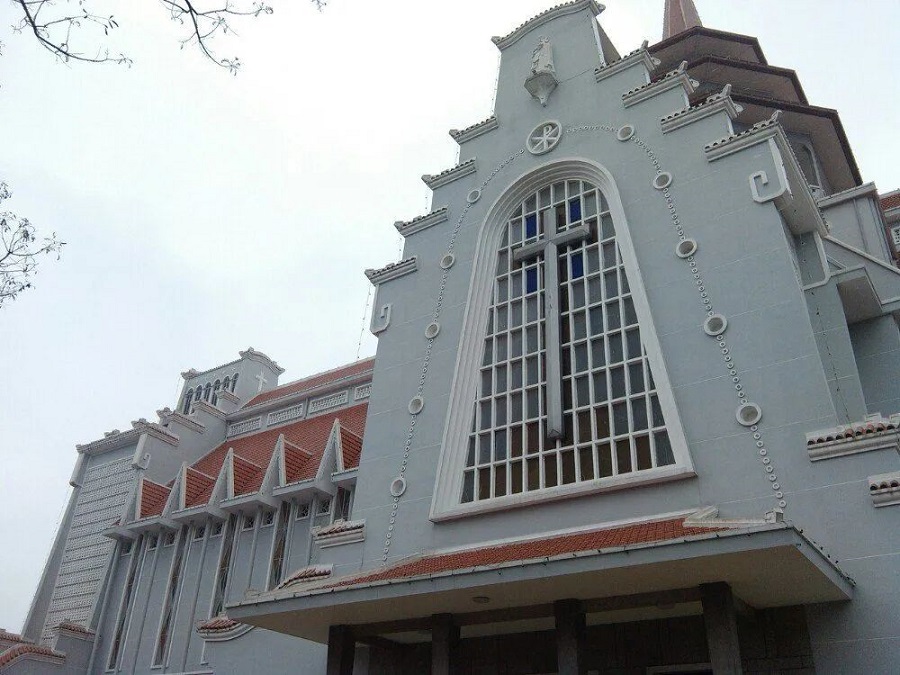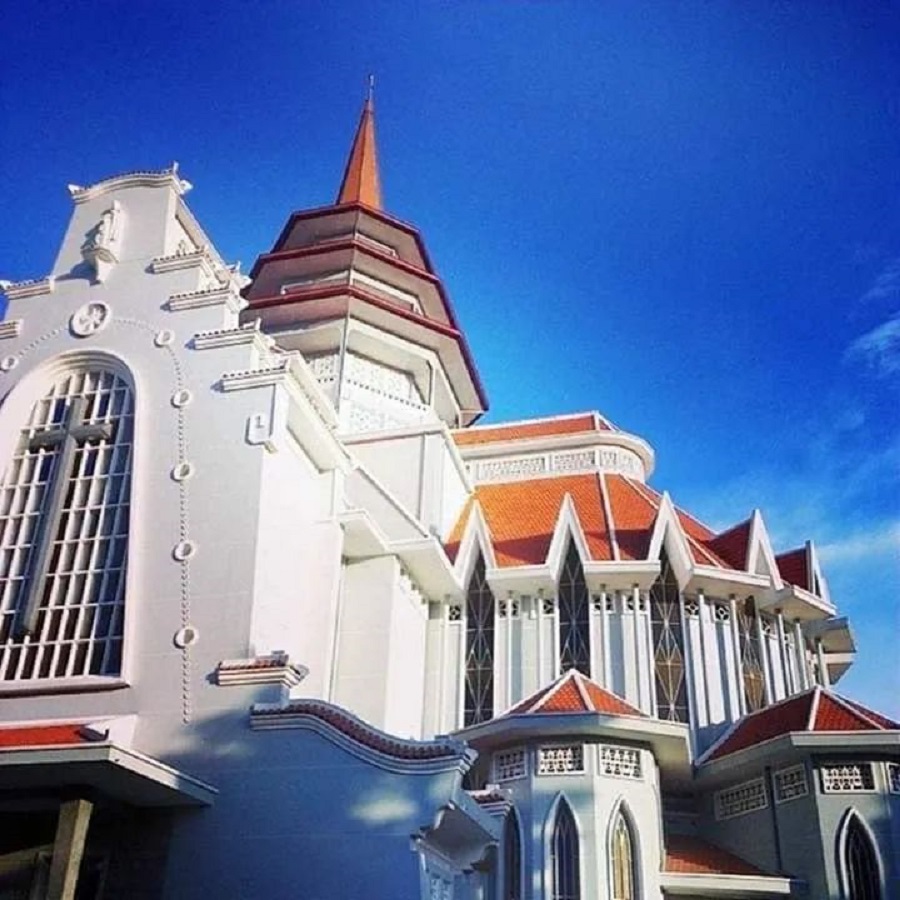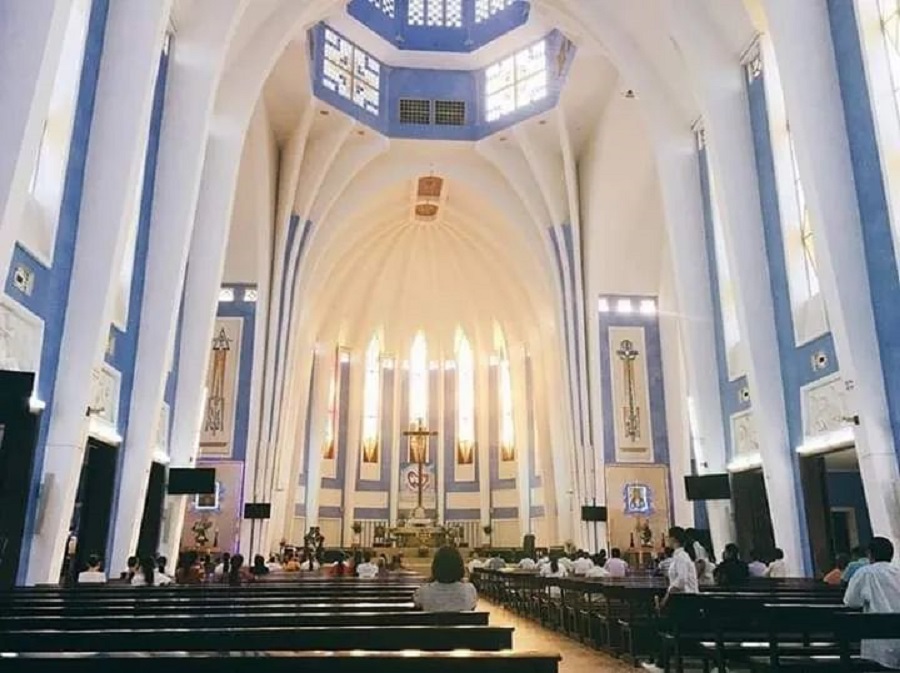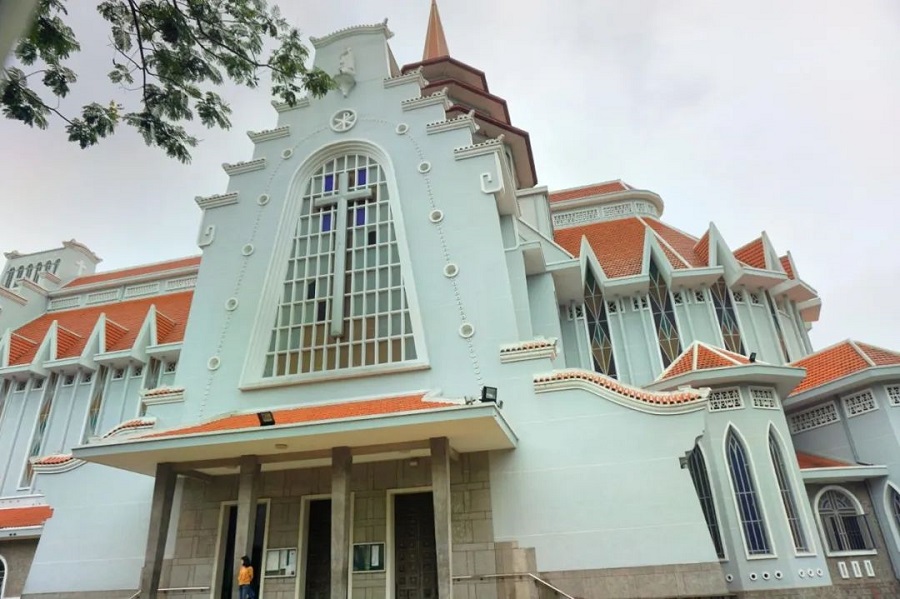Hue is the capital of Seung Tin Hue Province in central Vietnam. It is a beautiful city. The winding and clear Xiangjiang River runs through the city, dividing the city into north and south districts. The north area is the ancient capital city and the old commercial area, while the south area is a cultural and tourist area. The impression of Huhua is a kind of indifferent and ancient charm. Hue was the capital of the feudal dynasties of Old Nguyen, Xishan Nguyen and New Nguyen in Vietnam, and was the ancient capital of Vietnam in three dynasties. Because of its long history and culture and well preserved ancient buildings, Huhua is rated as a "World Cultural Heritage" by the United Nations.
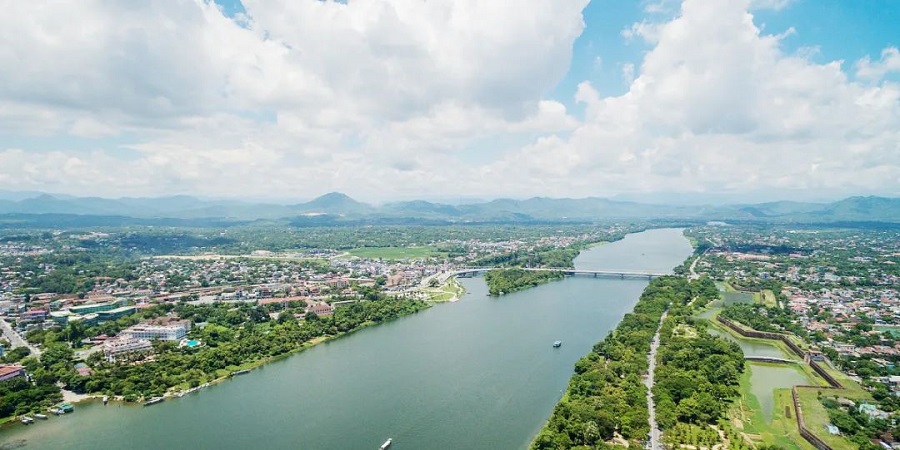
The Imperial City of Shunhua is square, with each side about 2.5 kilometers long, surrounded by moats. The city wall is 8 meters high and 20 meters thick, all of which are made of bricks. There are 10 city gates, each of which is about 16 meters high. In the capital, there are six districts where hundreds of officials work, including the Imperial College, the Secret Academy, the Imperial Court, the History Museum, the Cabinet, and the Academy of Excellence. The most important part of the city is the Imperial City, which uses the architectural drawings of the Forbidden City of Beijing, just like a miniature version of the Forbidden City of Beijing. There is the Forbidden City, which is divided into two parts. In the front is the Hall of Diligence where the emperor usually handles government affairs, in the back is the Hall of Qiancheng where the emperor lives, the Palace of Kuntai where the empress lives, the Hall of Light where the crown prince lives, and the Shunhui Hall where other empresses live. In the imperial city, there are also flag stands, Taihe Hall, palaces and temples for worshipping emperors of all ages. The whole building is quite spectacular. It is the largest and most complete ancient building group in Vietnam, and has been included in the World Cultural Heritage List.
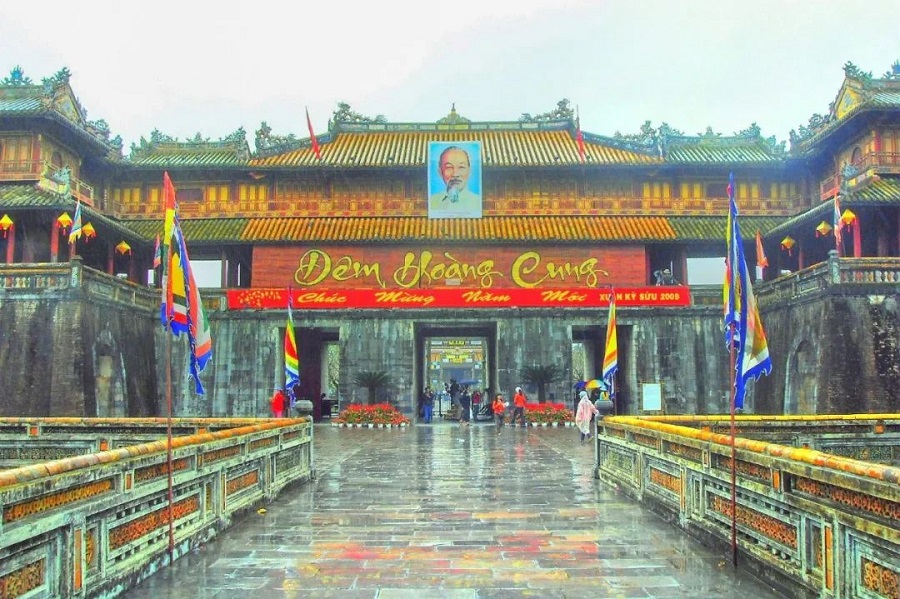
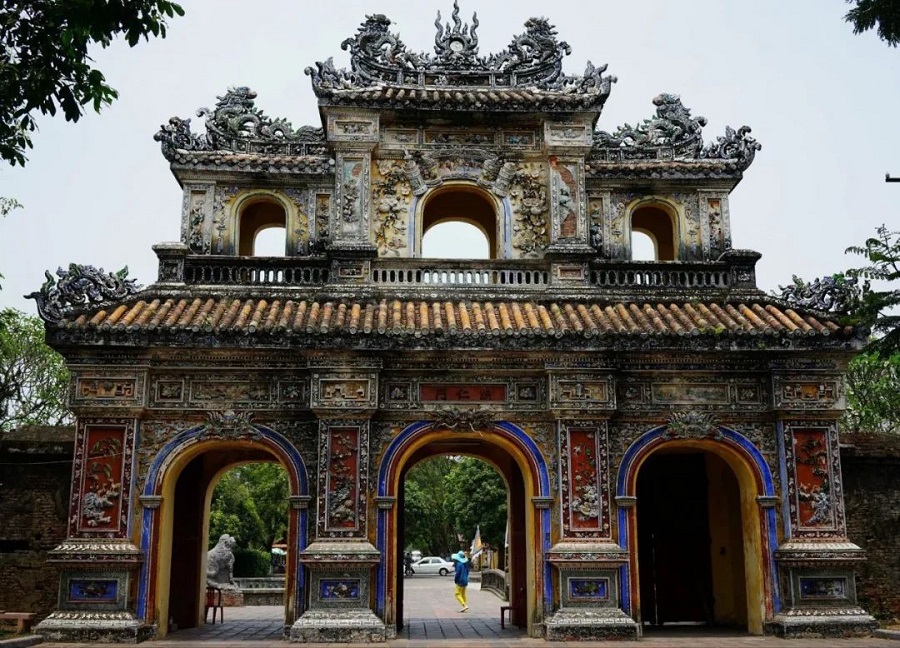
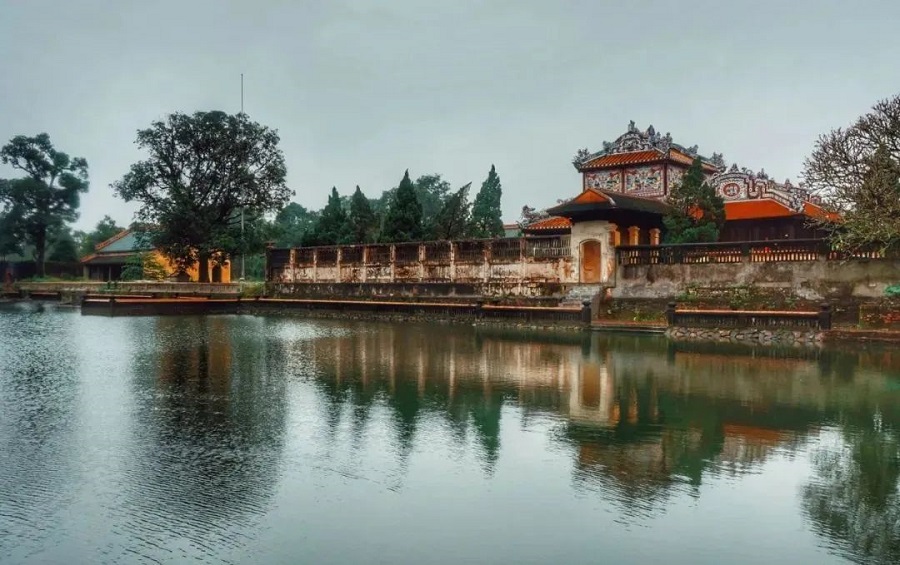
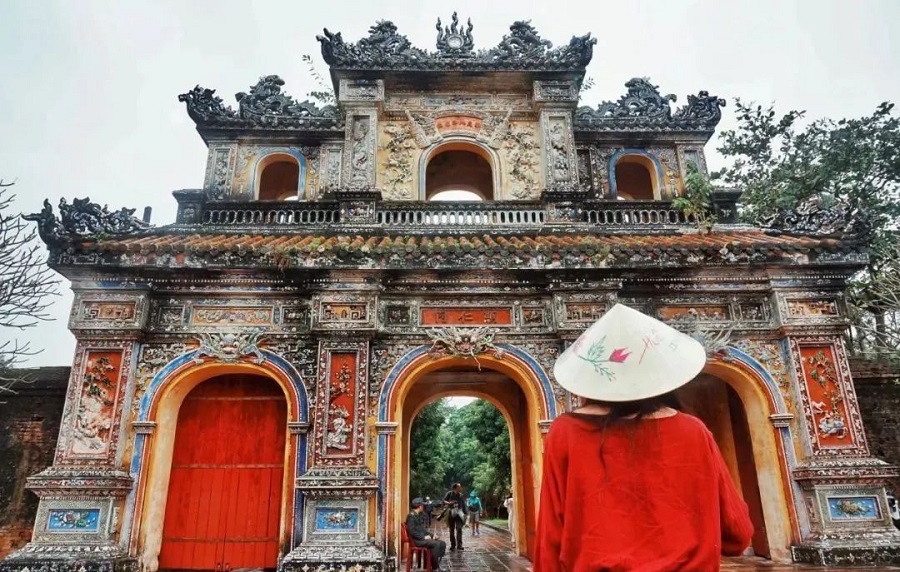
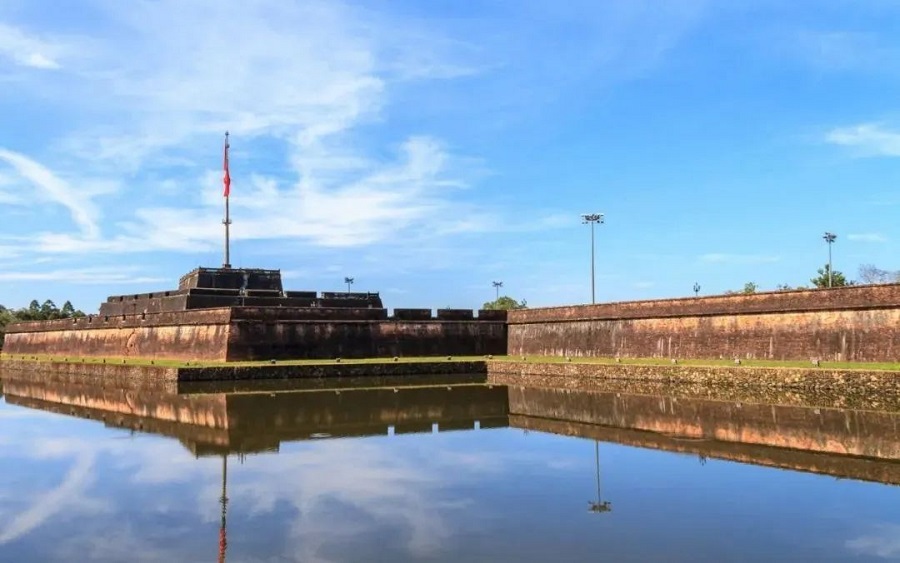
Tianmu Temple was built in 1601 by the first Ruan Emperor who ruled Hue. The location of the temple is said to be the first of the dragon veins. It is not only good in geography and geomantic omen, but also excellent in landscape. The main hall of Tianmu Temple, the Mahavira Hall, is built in an elegant garden. In the first hall, there is a statue of Maitreya Buddha in bronze. Behind the Mahavira Hall, there is an official military temple and an official sound temple. In addition, there is a huge clock cast in 1701, weighing 2052 kg, and a stone tablet carried by a marble turtle, about 2.5 meters high, which records the contribution of Tianmu Temple to the promotion of Vietnamese Buddhism.
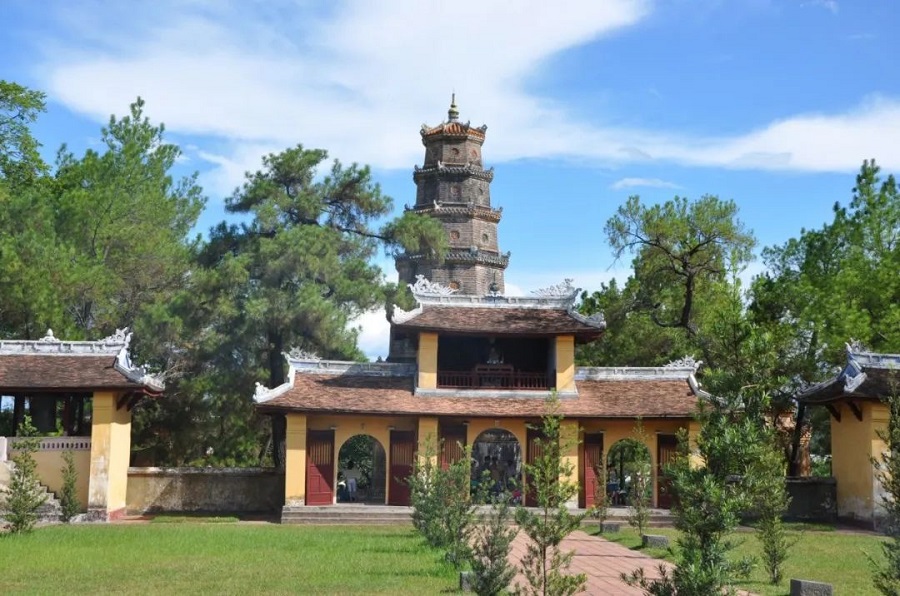
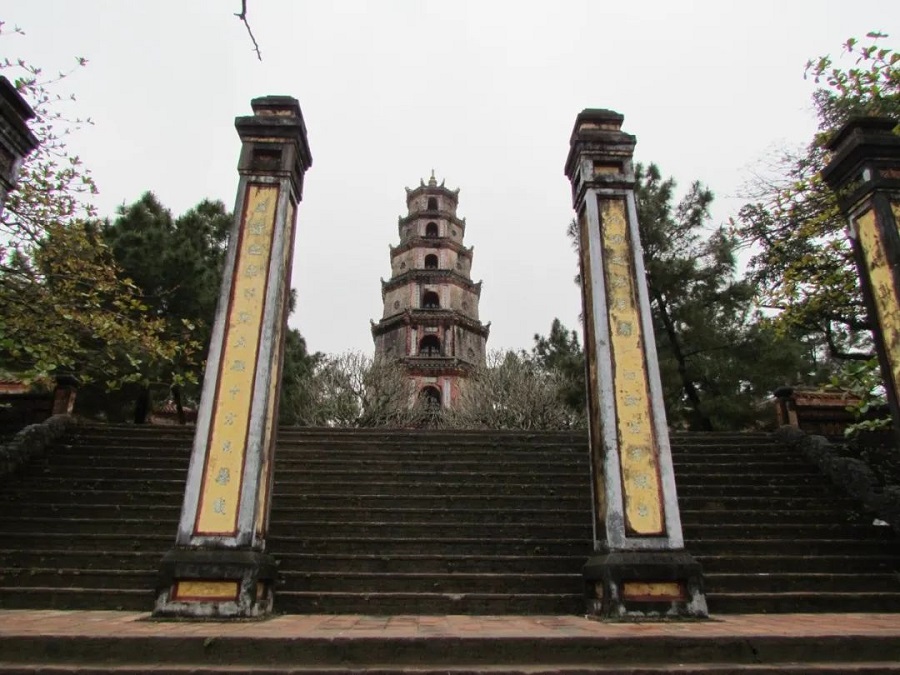
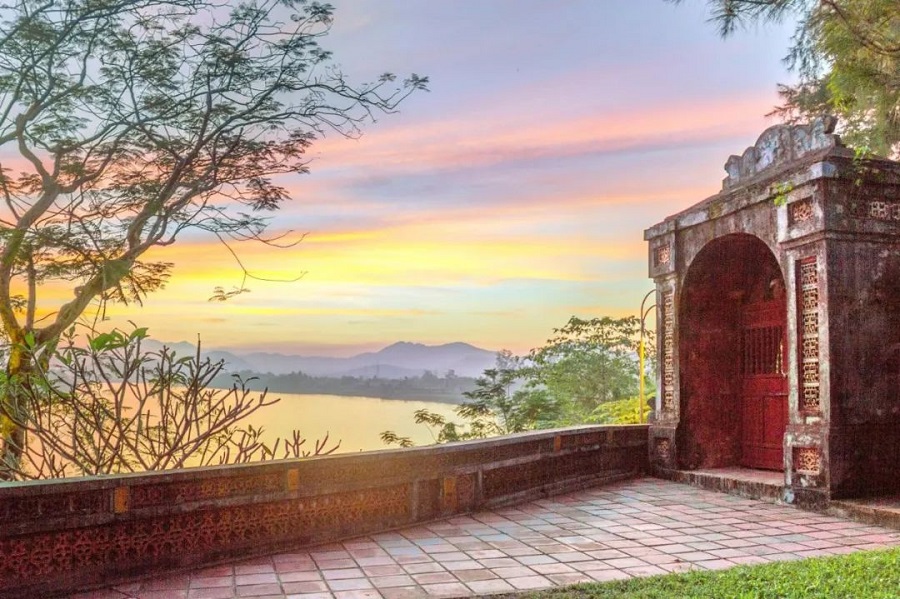
The reason why Xiangjiang River is named is that the upstream is full of lush Acorus gramineus, and the clear river always has a faint fragrance. The winding and limpid Xiangjiang River runs through the city, dividing the city into two districts. The famous Changqian Bridge connects the two districts together. Many phoenix trees are planted on both sides of the city. The fiery phoenix flowers bloom all over the city, making it particularly enchanting.
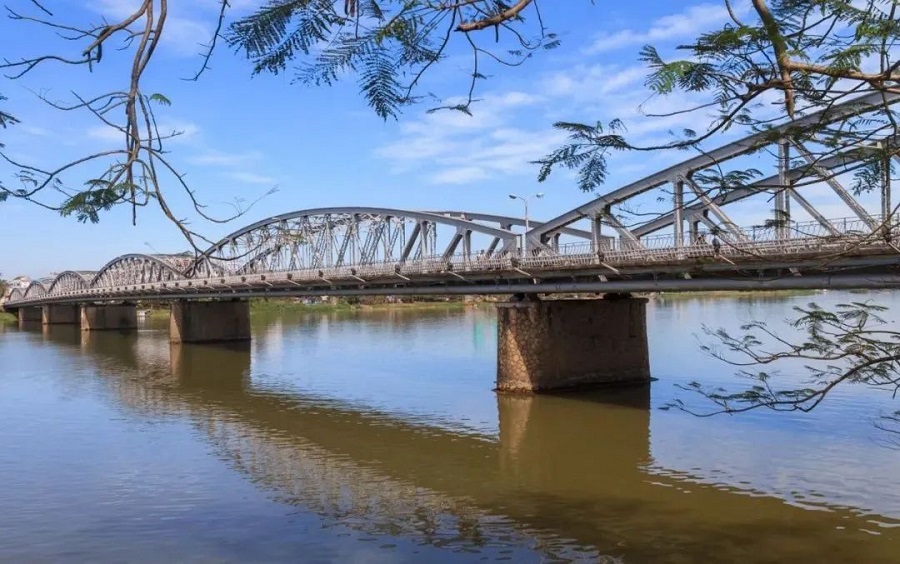
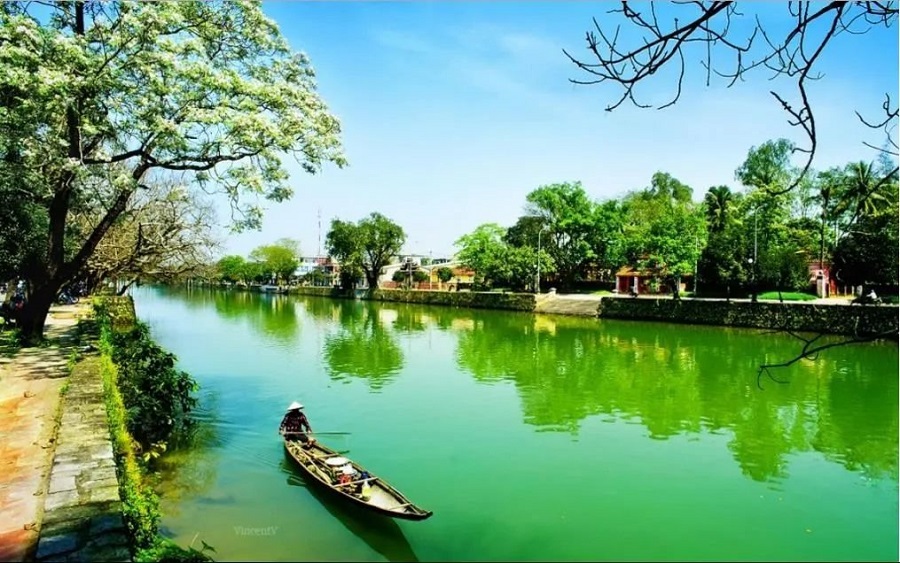

The imperial mausoleum of the Ming Dynasty started construction in 1840. The Ming Dynasty ordered the emperor to change Jinji Mountain into Xiaoshan Mountain, and called this mausoleum Xiaoling. In January 1841, when the Ming Dynasty ordered the emperor to die, the construction work had not been completed. One month after Emperor Shaozhi ascended the throne, he ordered to continue to build the Xiaoling Tomb according to his father's drawings. On August 20, 1841, the body of the Ming Dynasty emperor was transported into the city for burial, but the construction was not completed until the beginning of 1843. The Ming Dynasty ordered the imperial mausoleum to begin at Dahongmen and end at the foot of Luocheng behind the mausoleum. The Xiande Gate is the beginning of the bedroom area. Chong'en Hall is located in the middle, surrounded by left and right side halls and left and right pine rooms. Passing Hongze Gate is Minglou. The majesty and silence of the building, coupled with the natural beauty of flowers and trees, have fully reflected the strict character, profound knowledge and romantic feelings of the emperor.


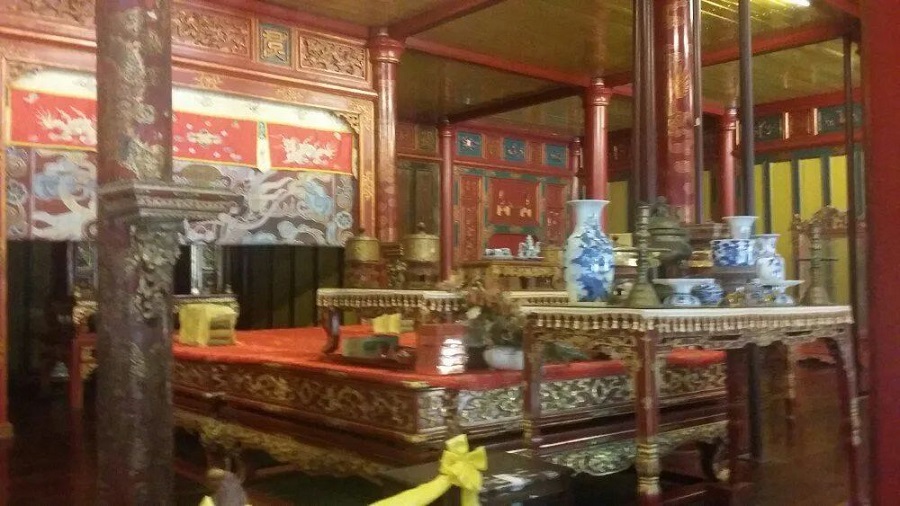
Haiyun Peak has an average elevation of 496 meters, winding for 20 kilometers. It is the natural boundary between Hue Province and Da Nang City. Haiyun Peak is magnificent and poetic. The peaks and ridges all look at the sea. The clouds in the four seasons embrace the mountains, so they are called "Haiyun Peak". There is a gate gate on the mountain, which is called "the most powerful gate in the world". The pass on Hai Yun Peak in Da Nang was the boundary between Vietnam and Champa Kingdom in the 15th century. The two watchtowers on the pass, one left by the French colonists, and the other by the US troops during the Vietnam War, seem to be recounting two sad sections of Vietnam's history.
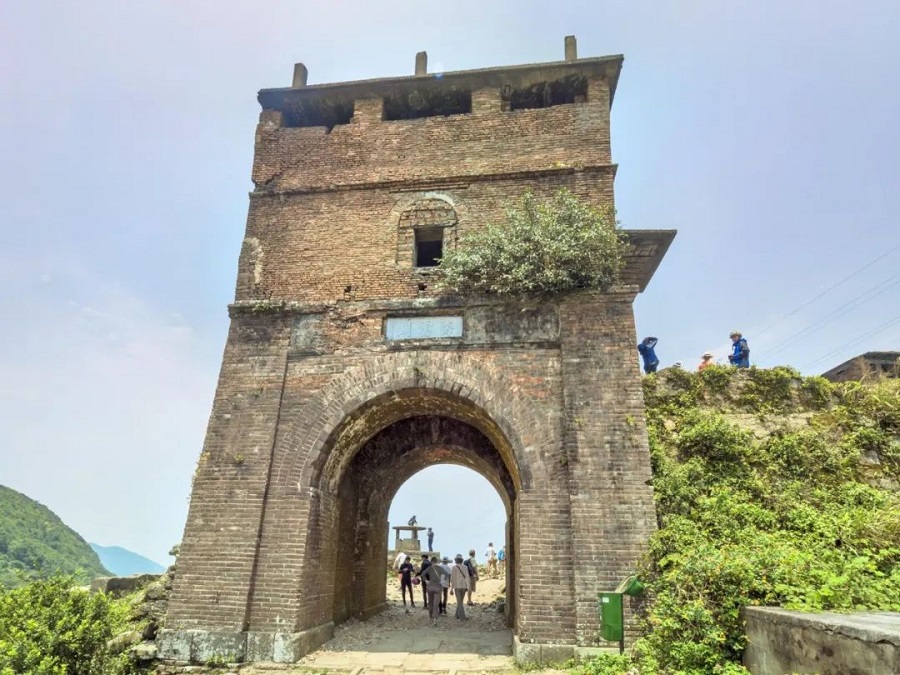
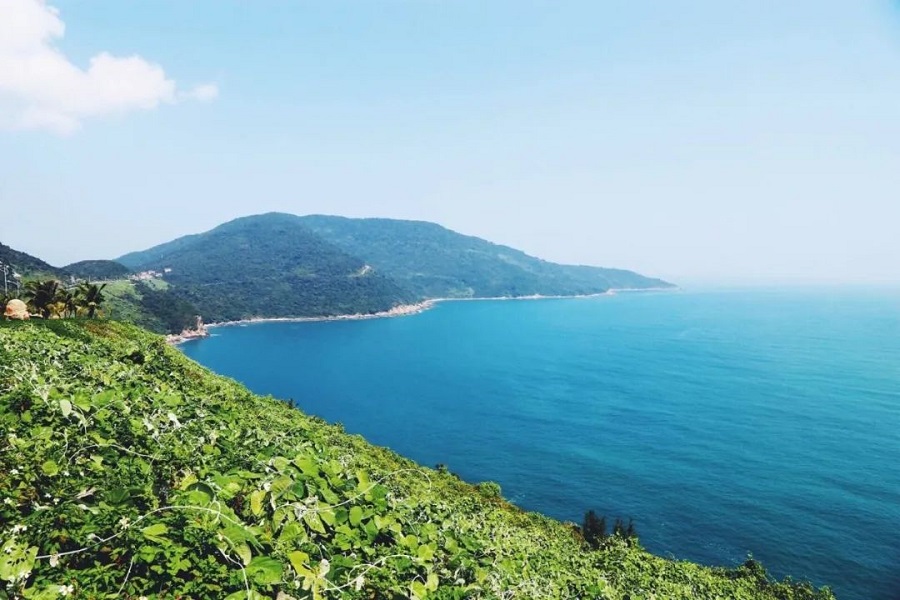
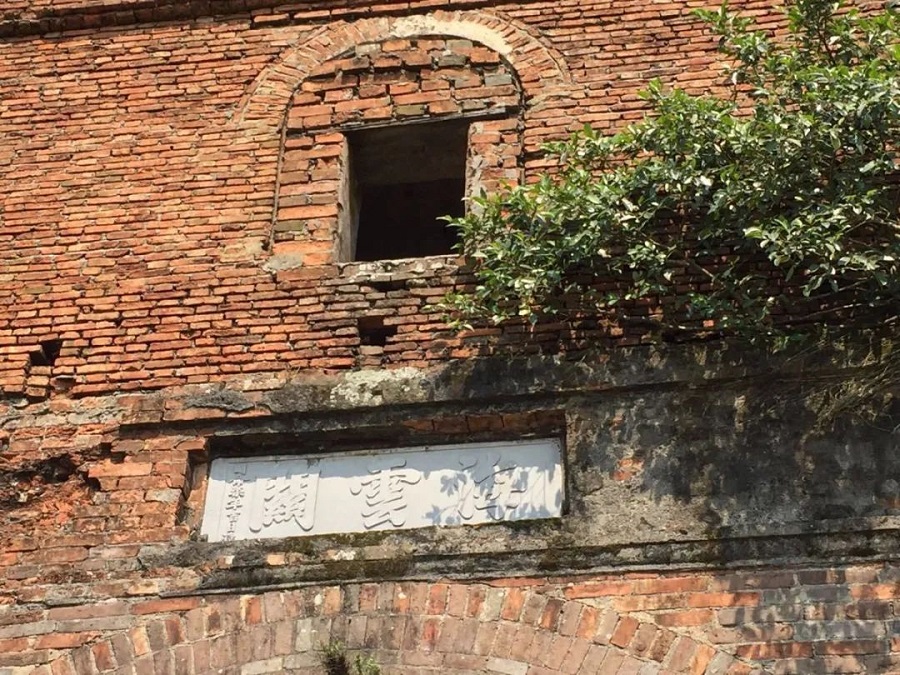
In 1960, the Vatican established three general dioceses in Vietnam, including Hanoi, Hue and Ho Chi Minh City. The modern cathedral of Notre Dame Cathedral in Hue was built between 1959 and 1962. The whole building looks like a castle. The front is high and the back is low, and the middle and high schools on both sides are low. The two towering Gothic spires are powerful. There is a garden on both sides of the church, which is a place for local people to read and rest.
